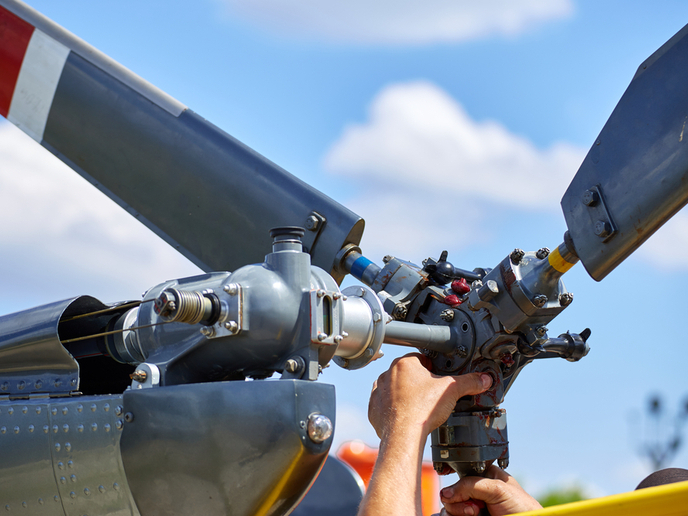Greener test rigs for aircraft components
Clean Sky 2(opens in new window) is an initiative of the EC, responsible for making European aviation greener. Similarly the Flightpath 2050(opens in new window) agenda hopes to reduce flight journeys to 4 h with better ground infrastructure. The Flightpath 2050 plan aims to streamline technology development and manufacturing in the EU and reduce CO2 and NOx emissions by 75 % and 90 %, respectively. Most important for the EU-funded AMTRAS(opens in new window) project is the Flightpath 2050 aim of prioritising research, testing capabilities and education to create a network of multi-disciplinary technology clusters based on collaboration between industry and research institutes. AMTRAS project set out to develop adaptive test benches for mechanically testing new aircraft components. The researchers developed these benches, so that development of new aircraft components can be faster, cheaper and take advantage of previous efforts in engineering developments in the field.
Developing four new test rigs
“A very important part in the development of a new aircraft component is the measuring process in the mechanical test. So, it has become important to study new technologies that could be a substitute for conventional measuring devices,” notes project coordinator Julio López. AMTRAS studied the implementation of machine vision technology, which uses non-contact vision measurements, to make the mechanical testing and measuring process faster and cheaper. AMTRAS worked with third parties for the more technologically challenging parts of developing new adaptive test benches. The project developed four different test rigs and took on the development in four stages: requirement definition, mechanical design and finite element method (FEM)(opens in new window) simulations, manufacturing and assembly and testing. The researchers conducted different validation processes for each stage, and completed all the test rigs, ready to perform mechanical tests.
Looking to the future
“One of the most important and promising results has been the feasibility of machine vision to become a substitute for the conventional measuring procedures for mechanical testing,” López remarks. This technology still needs some time to mature before it is implemented in larger, more complex test rigs, but AMTRAS found the repeatability of the measurements impressive. AMTRAS was able to reduce the time and cost of adapting obsolete and unused test rigs for developing new aircraft components. The team found that engineering efforts can now be focused to optimise the tooling used for new components by using FEM simulations. The project has an ambitious business plan to use the knowledge and expertise gained during the project to create a service for industries that require high-accuracy testing procedures. The team expects that this can generate total income of EUR 3.75 million within the next 5 years by providing testing solutions not only for the aerospace industry, but also for the automotive and energy industries.







